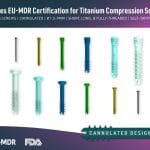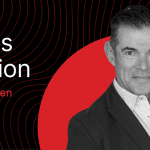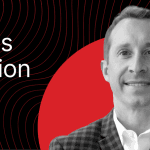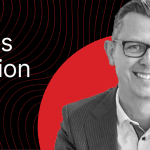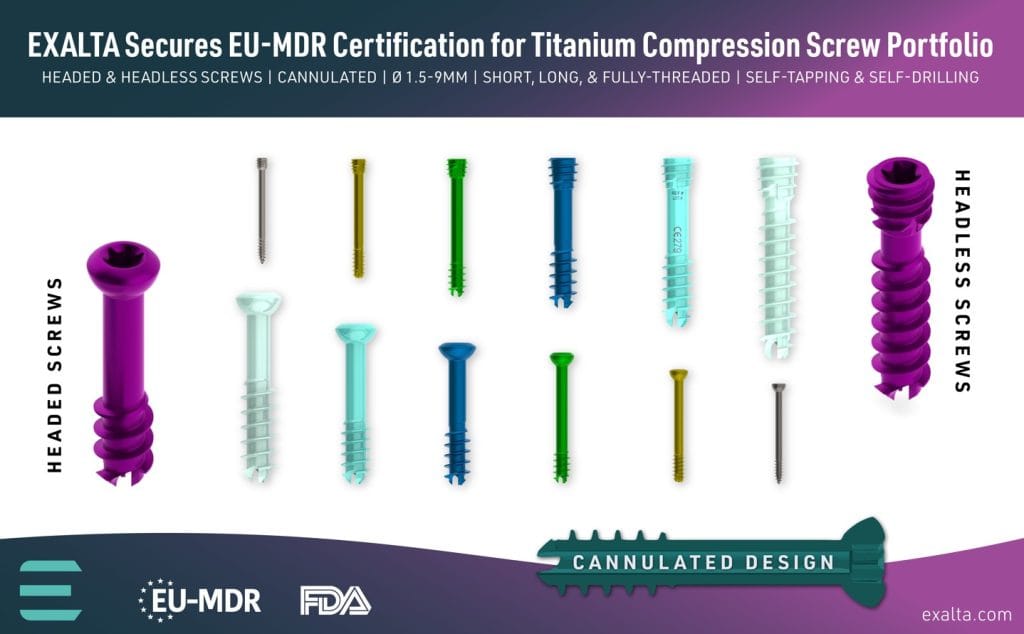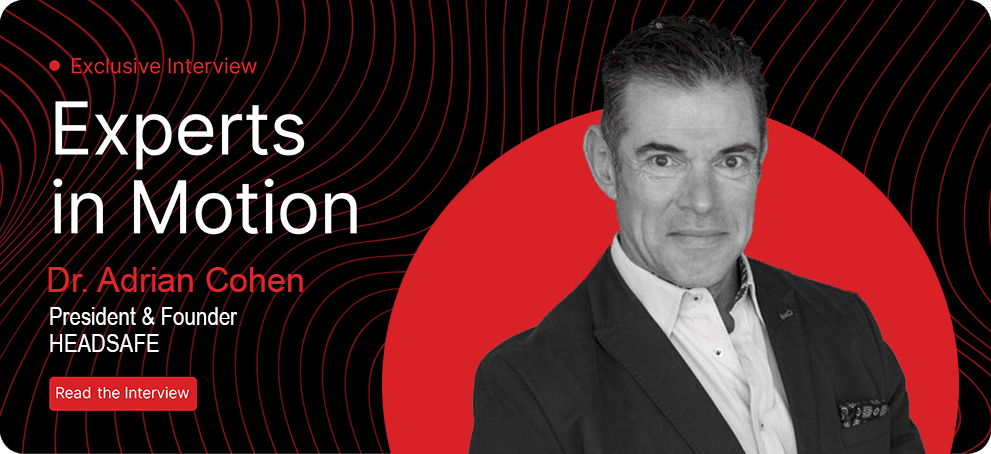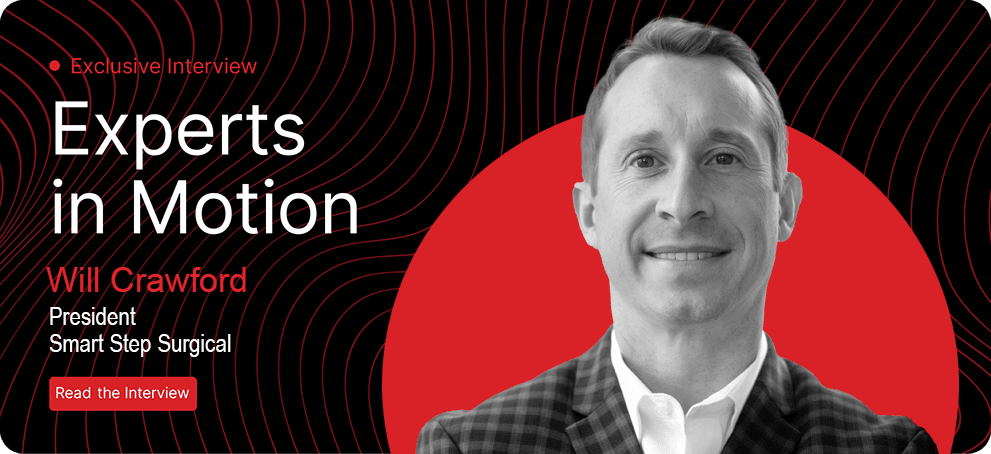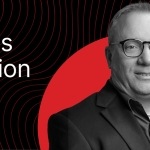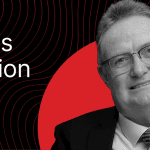Brian Kieser, CEO of Nvision Biomedical Technologies, on How Vertical Integration Became the Company’s Superpower


Brian Kieser, CEO of Nvision Biomedical Technologies, on How Vertical Integration Became the Company’s Superpower
Interviewed by Guillaume Viallaneix, Editor-in-Chief, The MedTech Digest
Some of the most innovative leaders in the Medical Technology industry don’t arrive there through a straight line, and that’s certainly the case with Brian Kieser. Before founding Nvision Biomedical Technologies and building one of the most integrated innovation ecosystems in the industry, Brian was a mechanical engineering student, then an accountant, and eventually a certified public accountant (CPA) at KPMG. From technical schematics to financial audits, he’s seen every layer of how a business is built successfully.
I’ve had the privilege of partnering with Brian on marketing and communications strategy since 2018. This conversation, however, was something different. Brian opened up not just about Nvision’s current momentum but also about the mindset it takes to build a MedTech company that survives, scales, and creates value.
In a landscape obsessed with flashy exits and aggressive capital raises, Brian’s story is a powerful reminder that discipline, integration, and long-term thinking are what create real staying power.
Guillaume Viallaneix: Brian, let’s start at the beginning. You didn’t take the typical path into MedTech. Engineering, accounting, KPMG, Can you take a moment to walk us through that early chapter?
Brian Kieser: You are right; my career definitely didn’t follow a blueprint. I began my engineering studies at Boston University, but after a few years, I decided to relocate to El Paso and transition to a career in accounting. I loved it, earned my CPA, joined KPMG, and eventually transitioned into CFO roles across various industries. It was during one of those stints that I was drawn into the MedTech space, where I helped raise capital for a spine startup. That didn’t go as planned, but I learned a lot, and it changed everything for me.
GV: That kind of pivot, engineering to accounting to entrepreneurship isn’t common. What clicked for you in MedTech?
BK: I saw an opportunity to build something more innovative. The first spine company I helped didn’t go as expected, but I’d learned the mechanics of the business, where the waste was, where the margins were tight, and how little most small companies actually controlled. That’s what led me to create Nvision; a platform where we own our process from start to finish. Reduced reliance on third-party suppliers. Just innovation, velocity, and accountability.
“The less you depend on others, the more freedom you have to build something real.”
GV: You’ve said before that vertical integration saved the company. Let’s unpack that. Why is it more than a buzzword for Nvision?
BK: Because it’s our operating system. We don’t just make implants; we also make biologics through Sequence Life Science, do additive manufacturing at Lock Hill AMT, and even run our own cadaver lab in San Antonio. That’s all under our control. If we need to tweak a process or launch a product faster, we don’t have to wait on someone else’s timeline. Integration gives us autonomy, and autonomy gives us survivability, especially in a MedTech market where margins are tight and access to hospitals is shrinking.
In fact, our vertical infrastructure crosses everything from ISO Class 5–7 cleanrooms, advanced polymer and titanium 3D printing capabilities to regulatory submission support and in-house packaging, all designed to accelerate time-to-market and reduce dependency on external bottlenecks.
“Vertical integration isn’t a strategy—it’s how we build real value for all the stakeholders in our ecosystem.”
GV: Let’s talk about that harsh reality. You’ve warned younger founders about raising too much capital and chasing the exit. What’s the trap there?
BK: The trap is building for the pitch deck instead of the business. Too many startups raise a bunch of money, hire a huge sales force, chase growth at all costs, and forget to build a business that actually makes money. At Nvision, every entity we run is a profit center. Sequence doesn’t just serve us; it manufactures for outside clients. Lock Hill does the same. We’re not bound to a single revenue stream or exit event. That’s by design.
Just to give you an idea of the momentum we are creating, We’ve 21 issued patents, 12 pending applications, 30 projects in development, have cleared 30 510(k)s, with several additional under review, and we are managing 10 active co-development projects. These capabilities aren’t theoretical; they’ve been validated in the market.
“Don’t build for the exit—build for durability.”
GV: You also pivoted product strategy pretty dramatically. What drove you to add Foot & Ankle technologies to your spine portfolio?
BK: Spine has become a commodity market. Reimbursement pressures, hospital access. It’s brutal. Foot & Ankle, on the other hand, gave us room to differentiate. We use a proprietary HA-enhanced PEEK material which provides real benefits in bone healing and long-term patient outcomes. We’ve multiple cleared products available, and surgeon adoption is growing. It’s a platform we can build around, and we’re doing that aggressively.
“Foot & Ankle is where we lead—not where we follow.”
GV: What kind of feedback are you getting from the field?
BK: Surgeons are excited. The longer they partner with us, the more they see the value. We’re hearing stories about faster integration, better post-op outcomes, and fewer complications. Some of our top KOLs are using it exclusively now. And with our next generation of implants launching in 2025 and 2026, we think our Foot & Ankle portfolio will reshape how the market thinks about the hardware.
GV: Let’s not forget about Cadaver Lab SA. It started as an internal tool, but it’s become something much bigger, right?
BK: Definitely. Originally, it was a space for us to prototype and validate quickly without waiting on external labs. But demand kept growing. Today, we host 8 to 10 labs each month, supporting everything from preclinical trials and surgeon training to pharmaceutical validations. It’s become a full-fledged business line, but more importantly, it’s a strategic engine for our ecosystem: surgeons train on our implants, provide real-time feedback, and stay deeply engaged. The facility features a six-station bioskills suite, a 500 sq ft wet lab, and a lecture hall with seating for 30, enabling us to deliver hands-on education, accelerate product development, and support a wide range of clinical and commercial needs.
“The lab isn’t just a testing site—it’s a flywheel for innovation and education.”
GV: Your story is inspiring, but also real. If someone reading this is launching a MedTech startup today, what do they absolutely need to hear?
BK: Forget the vanity metrics. Focus on durability. Control your supply chain. Stay lean. Deliver value. Don’t build something that only works if you get acquired. Build something that works if you have to run it for 20 years.
“Raise less. Build more. Stay in control.”
GV: What’s the next horizon for Nvision and the broader Fountainhead group?
BK: Three things: First, we’re doubling down on ambulatory surgery centers (ASCs) by designing products that are streamlined, cost-effective, and optimized specifically for the outpatient environment. Second, we’re accelerating our work with 3D printing, with next-generation implant lines scheduled to launch in 2026. Third, we’re expanding Sequence to meet the growing external demand for biologics, transforming it into a broader platform for partners beyond our internal network. The throughline across all of this? Agility and ownership.
Across the Fountainhead ecosystem, we’re also deepening our technical bench, investing in everyone from biomedical engineers to certified tissue bank specialists, to ensure our capabilities scale with the pace and complexity of the market.
GV: Last one—how can people connect with you if they want to learn more or partner with Nvision?
BK: Easiest way is to visit our website. Whether you’re a surgeon, distributor, investor, or just curious about what we’re building, we’d love to talk.
GV: Brian, thanks again for taking the time to share your story. It’s always a pleasure talking with you. This conversation is packed with great takeaways for anyone in MedTech, that was great.
👉 To learn more or connect with Brian and the Nvision team, visit https://nvisionbiomed.com/
This interview is part of Experts in Motion—an exclusive series from The MedTech Digest featuring bold insights from the leaders shaping tomorrow’s healthcare technology.
Subscribe today for future interviews, trend forecasts, and field-tested strategies.


